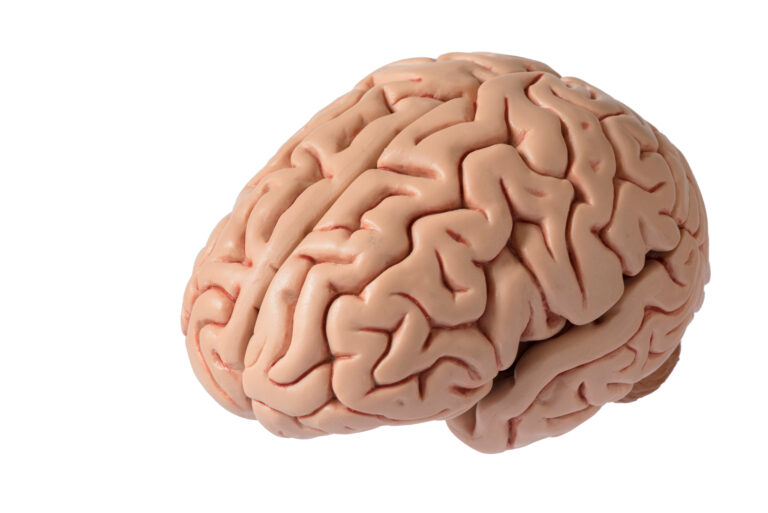Sensory processing and cognition are two fundamental aspects of human perception and behavior. Sensory processing involves the interpretation of sensory information from the environment through our senses, while cognition refers to the mental processes involved in understanding and making sense of this information. These two processes have long been studied separately, but a new theory proposes a link between them, suggesting that they may be more closely intertwined than previously thought.
The traditional view of sensory processing and cognition has been that they are two distinct and independent processes. Sensory information is received by the brain, which then processes it and sends it to the cognitive centers for further analysis and interpretation. However, recent research has suggested that this separation may not be as clear-cut as previously believed.
The new theory, called the Sensory Processing and Perception Integration Theory (SPIT), proposes that sensory processing and cognition are interdependent and work together in a bidirectional manner. This means that our sensory experiences can influence our cognitive processes, and vice versa.
One of the main arguments put forth by SPIT is that sensory input is not simply perceived in a one-dimensional manner. Instead, our brains make use of our past experiences, emotions, expectations, and attention to interpret and understand sensory information. For example, when we see an object, we not only register its shape and color but also associate it with past experiences or emotions related to that object. This integration of sensory information with our cognition allows us to form a more complete and meaningful understanding of the world around us.
SPIT also suggests that cognitive processes, such as memory, attention, and decision-making, can have a significant impact on how we perceive sensory information. For instance, if we are expecting to see a certain object or hear a particular sound, our brains may filter out other irrelevant stimuli. This filtering process is known as selective attention and is influenced by our cognitive processes. Similarly, our memory can also shape our perception of sensory information. Our past experiences and memories can influence how we interpret and respond to sensory stimuli.
Furthermore, SPIT proposes that sensory processing and cognition are not confined to specific regions of the brain, but rather involve a network of interconnected brain regions. This network, known as the “sensory-cognitive network,” is responsible for integrating sensory information with our cognitive processes. This means that different areas of the brain involved in sensory processing and cognition are continuously communicating and influencing each other.
The implications of this new theory are significant for understanding human behavior and perception. It suggests that our sensory experiences are not just passive receptions of information, but rather active interactions between our senses and cognition. This has potential implications for various fields, including psychology, neuroscience, and education.
In the field of psychology, SPIT challenges the traditional view that perception is solely a bottom-up process, driven by sensory input. Instead, it highlights the role of top-down processes, such as attention and memory, in shaping our perception. This has implications for understanding and treating conditions such as attention deficit hyperactivity disorder (ADHD) and autism, where there may be difficulties in integrating sensory information with cognition.
In neuroscience, this theory opens up new avenues for research on the neural mechanisms underlying sensory processing and cognition. By understanding how these processes interact at a neural level, we may be able to develop better treatments for neurological disorders that affect these systems.
In education, SPIT can inform teaching methods and strategies that take into account the interplay between sensory processing and cognition. For example, incorporating multisensory activities into the classroom can help students better integrate their sensory experiences with their learning. This could be particularly beneficial for students with learning differences or difficulties in focusing their attention.
In conclusion, the Sensory Processing and Perception Integration Theory proposes a revolutionary new perspective on the relationship between sensory processing and cognition. By highlighting the bidirectional connection between these two processes, it provides a more comprehensive understanding of how we perceive and interact with the world around us. Further research in this area has the potential to enhance our understanding of human behavior and inform the development of new treatments and interventions for various neurological conditions.





